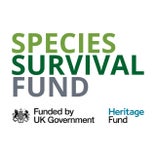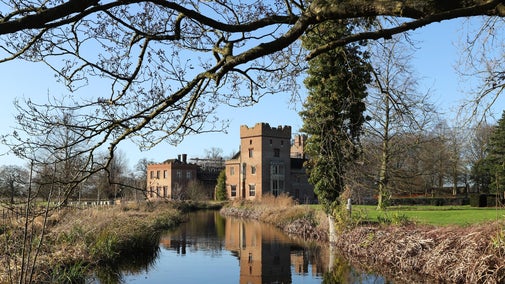October 2024
A successful first year
A year on from the launch of the freshwater renaissance project and we are already seeing the benefits for nature and wildlife.
The project has transformed a 1.2km managed section of the river Aller, creating seven hectares of new waterscapes and wetlands—vital for slowing water flow, storing carbon, and providing homes for wildlife.
Despite enduring England’s wettest 18-month period on record, the restored landscape improved for wildlife and helped slow water flow during heavy rainfall, protecting downstream communities. The restoration has increased the site’s ability to store water and lessen downstream storm flows, demonstrating resilience to hydrological extremes.
Researchers from several universities have documented significant changes, including dramatically risen groundwater levels. The site now acts as a large sponge, storing winter floodwater and releasing cleaner water slowly during drier months, reducing flood risk and alleviating drought conditions.
The restoration has led to a 1780% increase in aquatic habitat, with a diverse mosaic of wetland types providing refuge for wildlife. We have seen a surge in water-loving creatures, including water voles, eels, lamprey, grass snakes, trout, and various bird species. An increase in insect life has also attracted hundreds of swallows, creating feeding frenzies at times. It has been brilliant to spot the green sandpiper at stage 0, an indicator species for healthy, lowland wetland habitats.
















